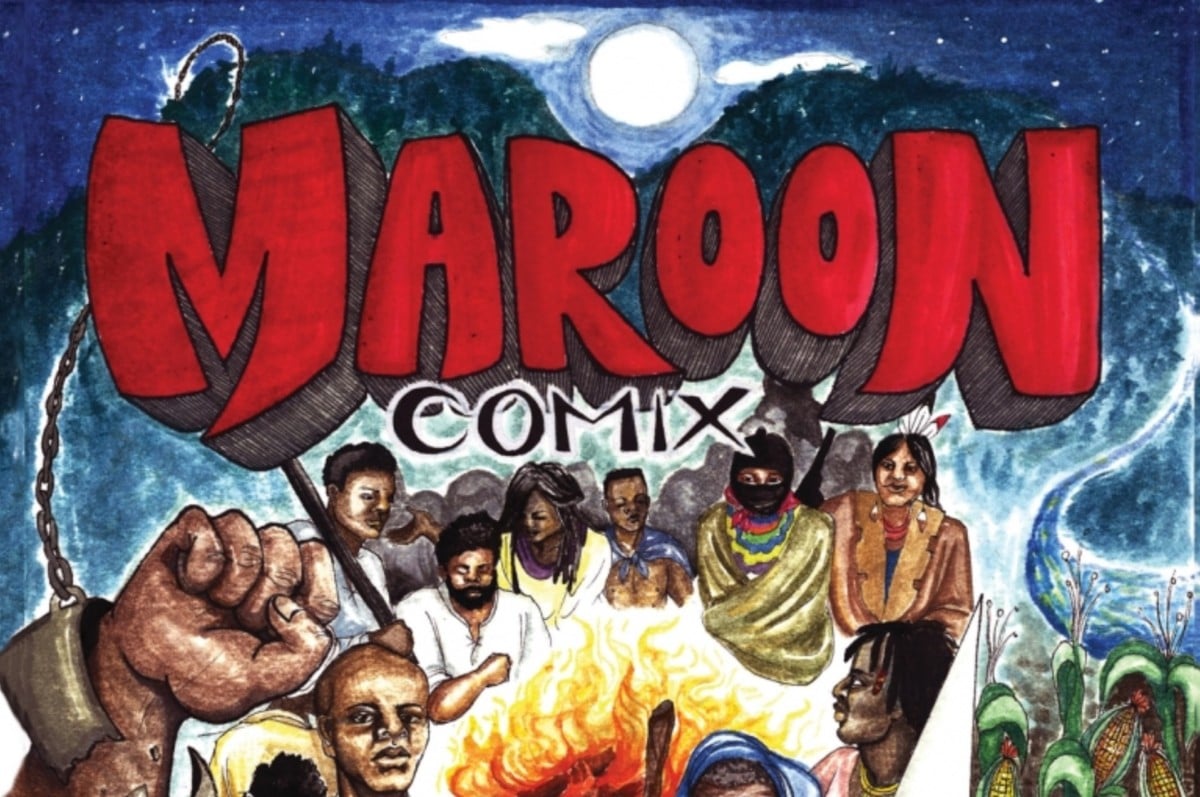Maroon Comix: Origins and Destinies is a remarkable comic book, and it will be especially useful for young readers because it makes a little-known piece of history more vividly understood. Furthermore, its illustrators have produced an altogether memorable artistic creation.
Who are the “Maroons”? Most simply put, they were escapees from slave circumstances who were able to run far enough, and protect their collective lives long enough, to create communities in the Caribbean, Latin America and the United States. Greatly feared by slavers but also, too often, by most of the white (or even creole) populations, they were pursued vigorously and when recaptured, tortured in ways too horrible even to describe. In short, these communities have rarely survived long, with exceptions mostly deep in jungles or high in mountain passes — places too remote for easy pursuit.
Maroon villages mostly perished quickly, but their imprint remains deep in the living memory of a few generations, and in the collective underground history (and mythology) of centuries to follow. Popular music, and in recent times, artistic creations, have recalled their circumstances, glory and martyrdom. Maroon Comix is the latest, and one of the finest vernacular attempts to keep their memory alive.
Editor Quincy Saul provides an extensive bibliography along with an eloquent afterword. He means for this collective work to be taken seriously, to be used for energetic readers to stretch their minds to encompass more material. The comic art itself brings this message across in other forms.
The lead story, drawn by Songe Riddle, is mainly Jamaican, perhaps, as some Caribbean historians have said, because the mountainous geography of the island permitted escapes impossible in the flat lands of Barbados, for instance. The story goes on to Haiti, Brazil, Africa and beyond.
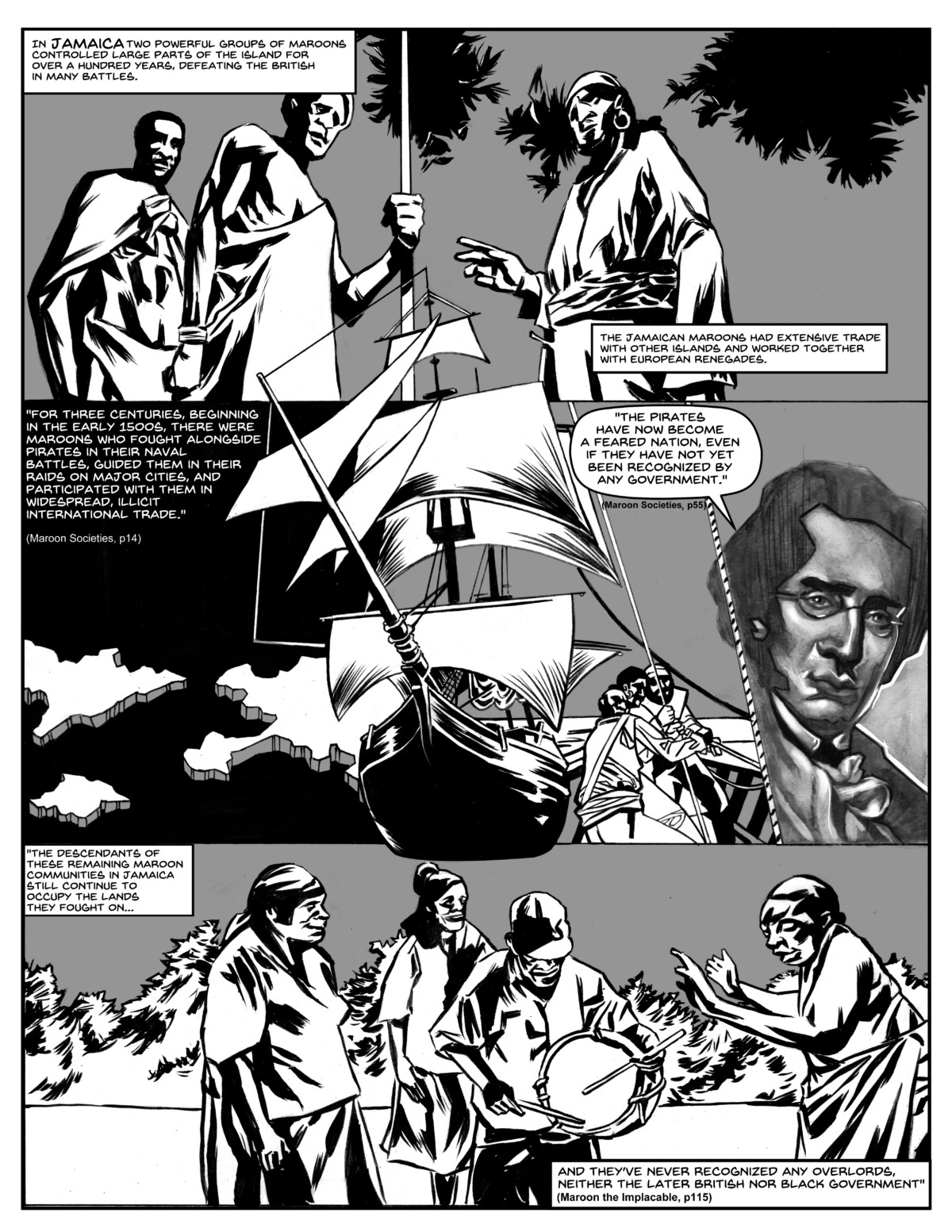
“I Am Maroon” offers Mac McGill’s single-page portraits from the famous, like Harriet Tubman, to the relatively unknown, like Maria Lionza, a real-life leader who became a mythic figure in Venezuela, to the barely recalled, such as “Queen Mother” Audley Moore, a Black nationalist Garveyite and a communist — a detail unmentioned by recent scholars.
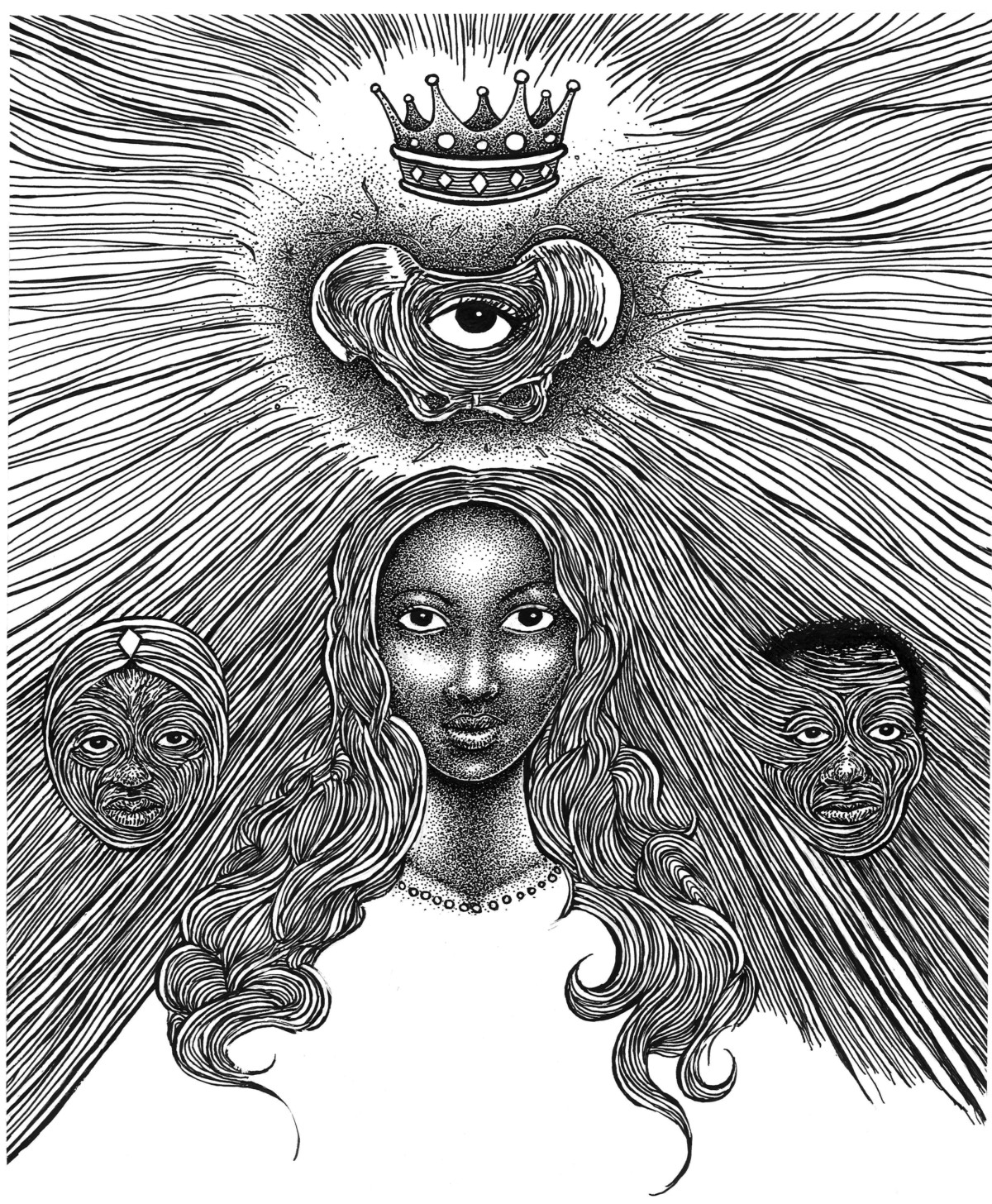
I am especially drawn to the lengthy strip by Seth Tobocman, a co-founder of the World War III comic saga and a noted creator of art for protest demonstrations of all kinds. The Dragon or the Hydra? has him at his anarchist best, dismissing the vanguard parties that have led and misled mass movements among the world’s impoverished people. His model: The Maroons.
Why? Because in their Caribbean and South American 17th and 18th century locations, African slaves came from so many locations and spoke so many languages that they were forced to form autonomous communities. In Haiti, of course, these communities provided the backbone of resistance to slave liberation, autonomy that ended (Tobocman oversimplifies usefully here) with the dictator Dessalines. The final page makes the artist’s own argument for diverse movements of the 21st century to strive for autonomy.
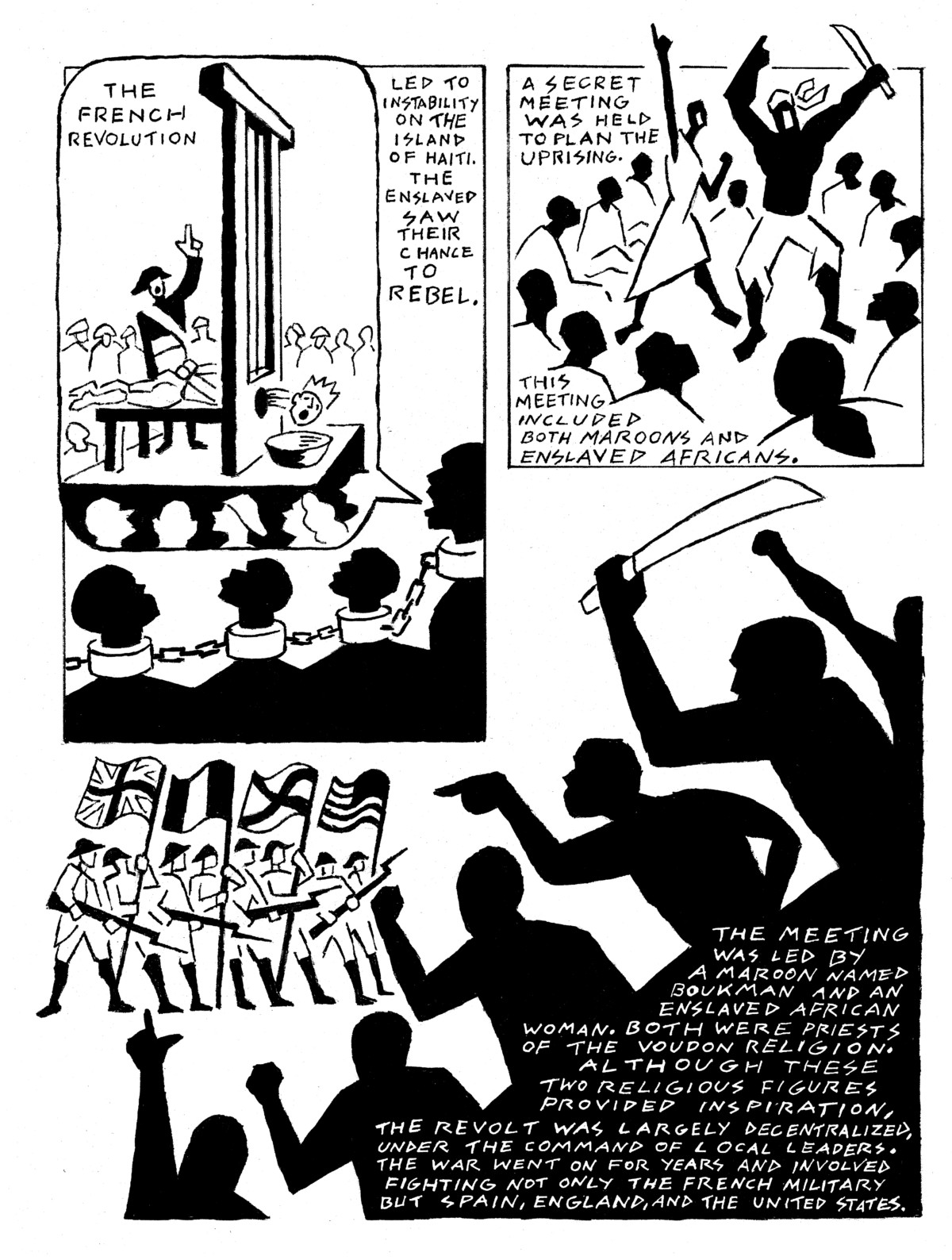
The final piece in the book is a collaboration of four artists recuperating chunks of the past and reminding us of early African liberation days (Ujamaa in Tanzania, most notably), and ending with the projects of today’s Black arts movement to make new sense of the grand tragedy and the necessity of a rebirth.
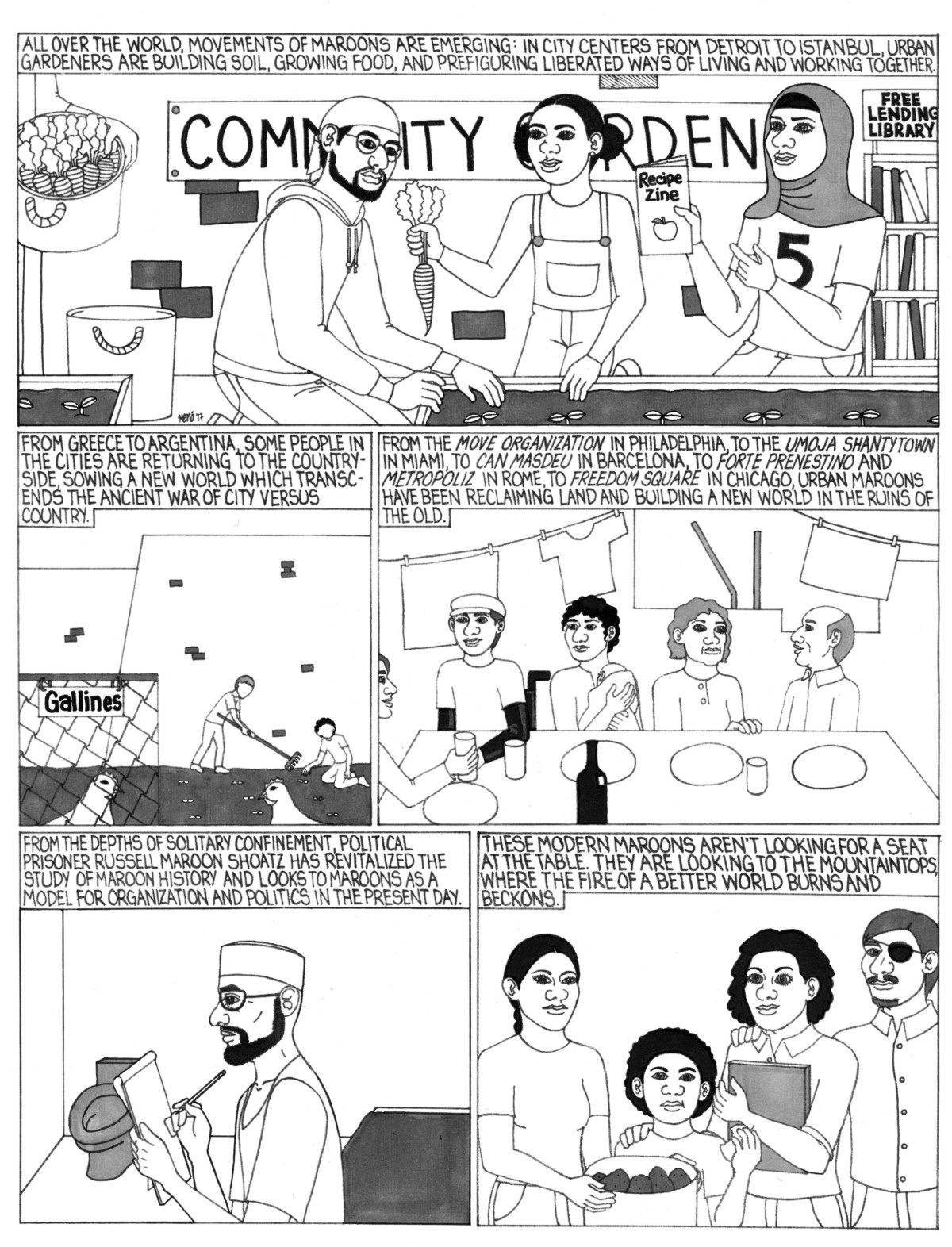
Editor Saul’s afterword is really a manifesto of sorts, an explanation for the apparent paradox that the allure of the Maroon represents — in no small part, the mystery of communities that could not be allowed to survive but did survive through the mythologies that they created. It’s a highly useful point.
My small complaint about this fine comic is that the famed political calypsonian, Hollis Liverpool a.k.a. “Chalkdust” is not mentioned. Liverpool explained in a monograph growing out of his Ph.D. that music had been the constant companion of Caribbean revolt, gravely feared by the white slavers, and embraced as continuation of the myths and realities of resistance. Liverpool’s Rituals of Power and Rebellion: The Carnival Tradition in Trinidad and Tobago, 1763-1962 (2001) remains to be understood, and used, for the new rituals that will be needed for the rebellions to come.
Join us in defending the truth before it’s too late
The future of independent journalism is uncertain, and the consequences of losing it are too grave to ignore. To ensure Truthout remains safe, strong, and free, we need to raise $43,000 in the next 6 days. Every dollar raised goes directly toward the costs of producing news you can trust.
Please give what you can — because by supporting us with a tax-deductible donation, you’re not just preserving a source of news, you’re helping to safeguard what’s left of our democracy.
